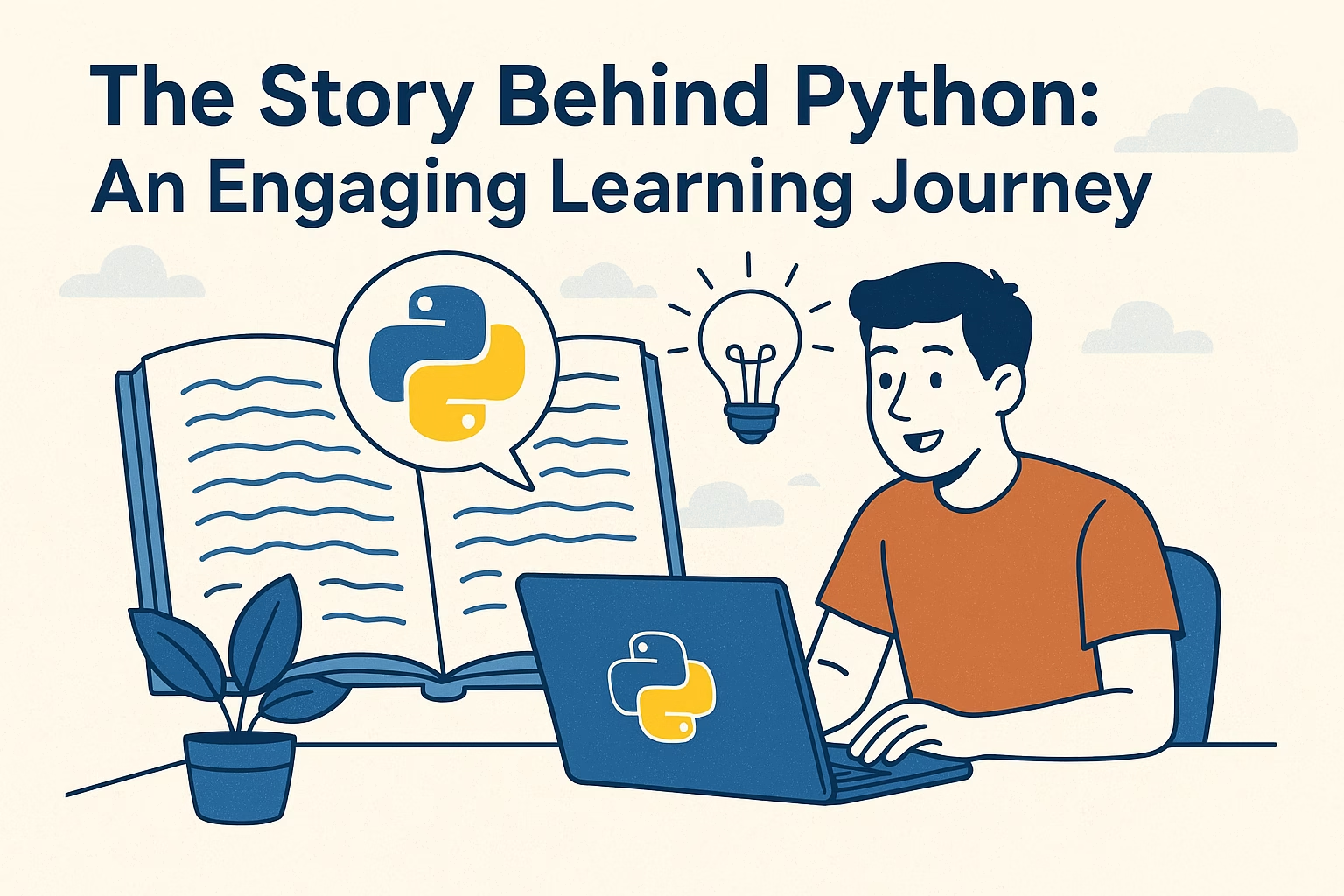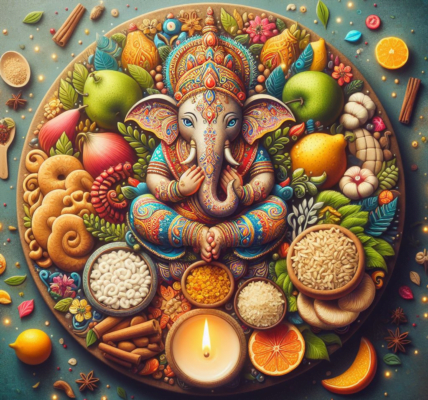The Story Behind Python: An Engaging Learning Journey delves into the historical narrative of Python’s development, offering a comprehensive exploration of its evolution and significance in the programming realm.
Through meticulous research and insightful analysis, this document illuminates the pivotal moments and key contributors that shaped Python into the versatile language it is today. Its scholarly approach and in-depth examination make it an invaluable resource for those seeking a profound understanding of Python’s origin and enduring impact on the coding landscape. The Story Behind the Snake: How a Christmas Hobby Project Created the World’s Most Versatile Programming Language
Alright, class, settle in! I know what you might be thinking: “Another dry lecture on a programming language?” But I promise, this is different. Let’s start with a story. Imagine it’s the holiday season back in 1989. While most people are out shopping or watching Christmas movies, a Dutch programmer named Guido van Rossum was home looking for a hobby project to keep himself busy. He was frustrated with the clunky, complicated coding languages of his time—they felt more like solving a complex puzzle than actually creating something. So, he decided to create a new language, one that would be as beautiful and easy to read as plain English. He called it Python, as a nod to his favorite comedy troupe, Monty Python. It wasn’t “discovered” in a lab or a giant corporation; it was born from one person’s simple desire to make coding fun, intuitive, and accessible to everyone. It was his personal holiday project that, little did he know, would change the world.
The rise of the internet in the 1990s created an environment ripe for Python’s growth. As websites began to flourish, developers were in need of a language that could handle the demands of dynamic web content. Python’s simplicity and versatility made it an excellent choice. For example, many websites today utilize Python-based frameworks like Flask and Pyramid, which allow for the rapid development of web applications. The ability to develop quickly without sacrificing readability and maintainability has made Python a favorite among startups and established companies alike. Major tech giants like Google, YouTube, and Instagram have integrated Python into their tech stacks, showcasing its reliability and scalability as a programming language.
Guido’s journey began with a clear vision. He wanted to create a language that was not only functional but also enjoyable to use. Python was crafted with a philosophy that emphasizes code readability and simplicity, making it accessible for beginners while still being powerful enough for experts. This approachable nature of Python has since fostered a vast community of developers who contribute to its growth by building libraries, frameworks, and tools that extend its capabilities. For instance, the Django framework has revolutionized web development by allowing developers to create robust applications quickly and efficiently. Similarly, the data science community has embraced Python with libraries like Pandas and NumPy, which facilitate data manipulation and analysis, making complex tasks straightforward and efficient.
And what an impact it had! Python’s simple, elegant design was a game-changer. It broke down the barriers of entry into programming, allowing people who weren’t computer scientists—like data analysts, scientists, and even artists—to start building incredible things. Think about some of the technologies you use every day: the recommendation system that suggests what you should watch next on Netflix, the algorithms that power the visual effects in major Hollywood movies, or the data analysis that helps companies understand what customers want. Much of this is powered by Python. It’s the ultimate “Swiss Army knife” of programming, a language so versatile that it has become the backbone of everything from artificial intelligence and machine learning to web development and video game design. Python didn’t just give us a new way to write code; it empowered an entire generation to think like creators and solve problems in ways we never thought possible.
As we look to the future, Python continues to evolve. The ongoing development of the language aims to introduce new features and enhancements while maintaining the core philosophy of simplicity and readability. The Python Software Foundation works diligently to support the community, ensuring that Python remains a relevant and powerful tool for developers across various domains. Whether it’s in the field of data science, web development, artificial intelligence, or automation, Python is poised to remain at the forefront of technological advancements for years to come.
Python’s educational impact is also significant. Many universities and schools have integrated Python into their computer science curricula, recognizing its ability to introduce students to programming concepts without overwhelming them. By using Python, students can focus on problem-solving and critical thinking rather than getting bogged down by complex syntax. This has led to a generation of programmers who are not only proficient in Python but also versatile in their ability to learn other programming languages and frameworks.
Moreover, Python’s role in academia and research cannot be overstated. Many scientific fields have adopted Python for its ease of use and powerful libraries. For instance, astronomers use Python to analyze vast datasets from telescopes, while biologists analyze genomic data. In the realm of machine learning and artificial intelligence, Python shines with libraries like TensorFlow and Scikit-learn, allowing researchers to experiment and implement complex algorithms with relative ease. The open-source nature of these libraries encourages collaboration and innovation, enabling breakthroughs that were previously unimaginable.





